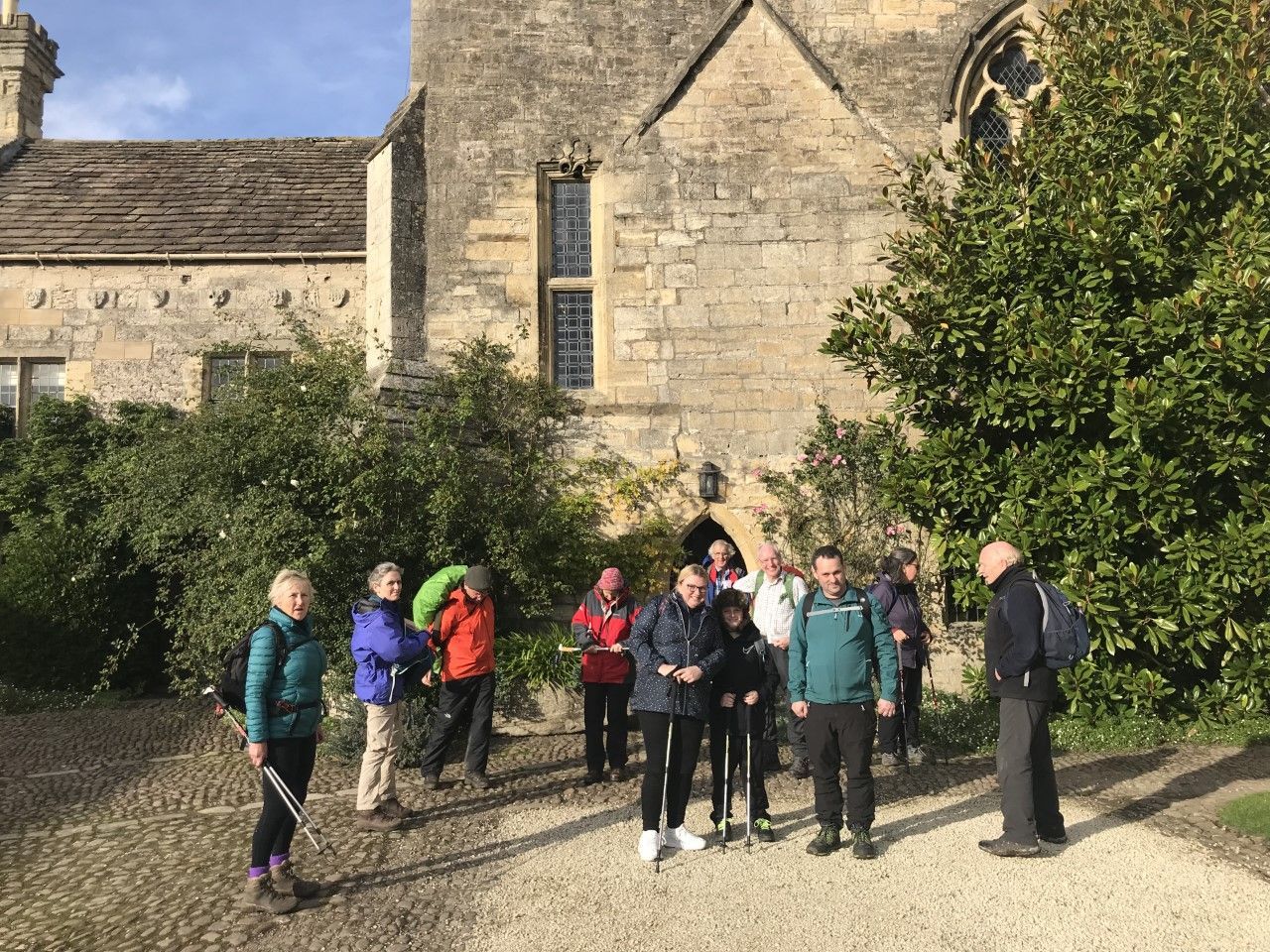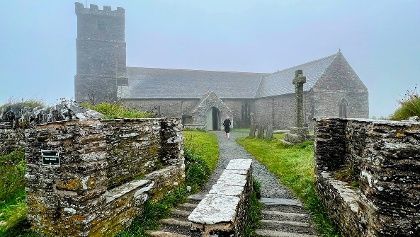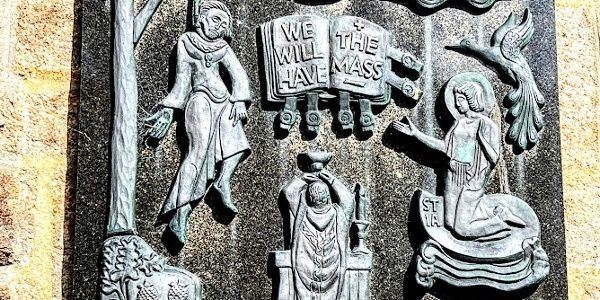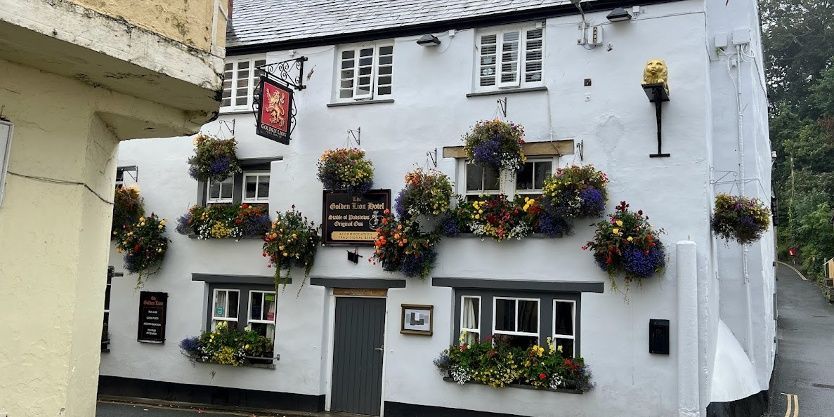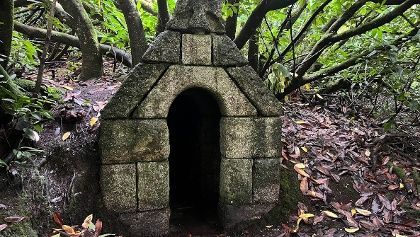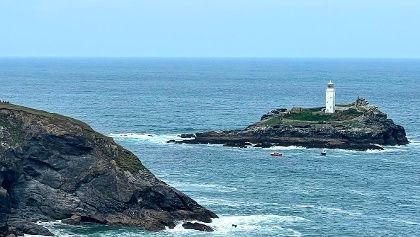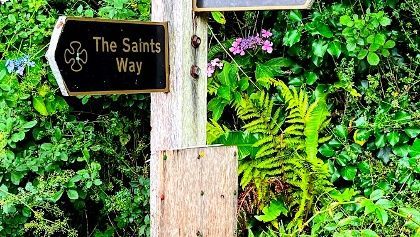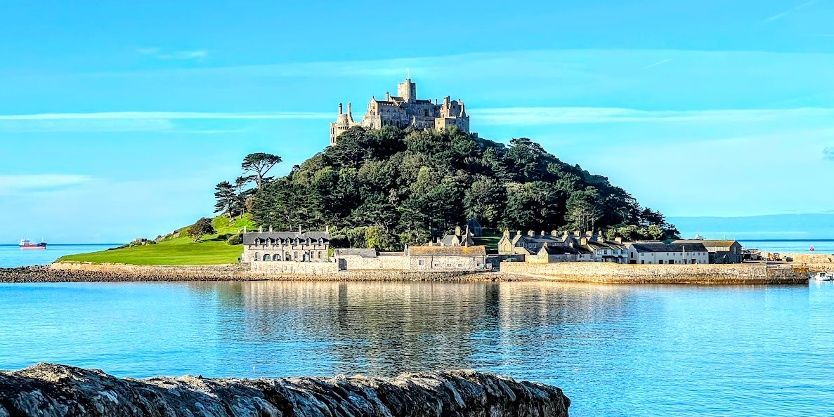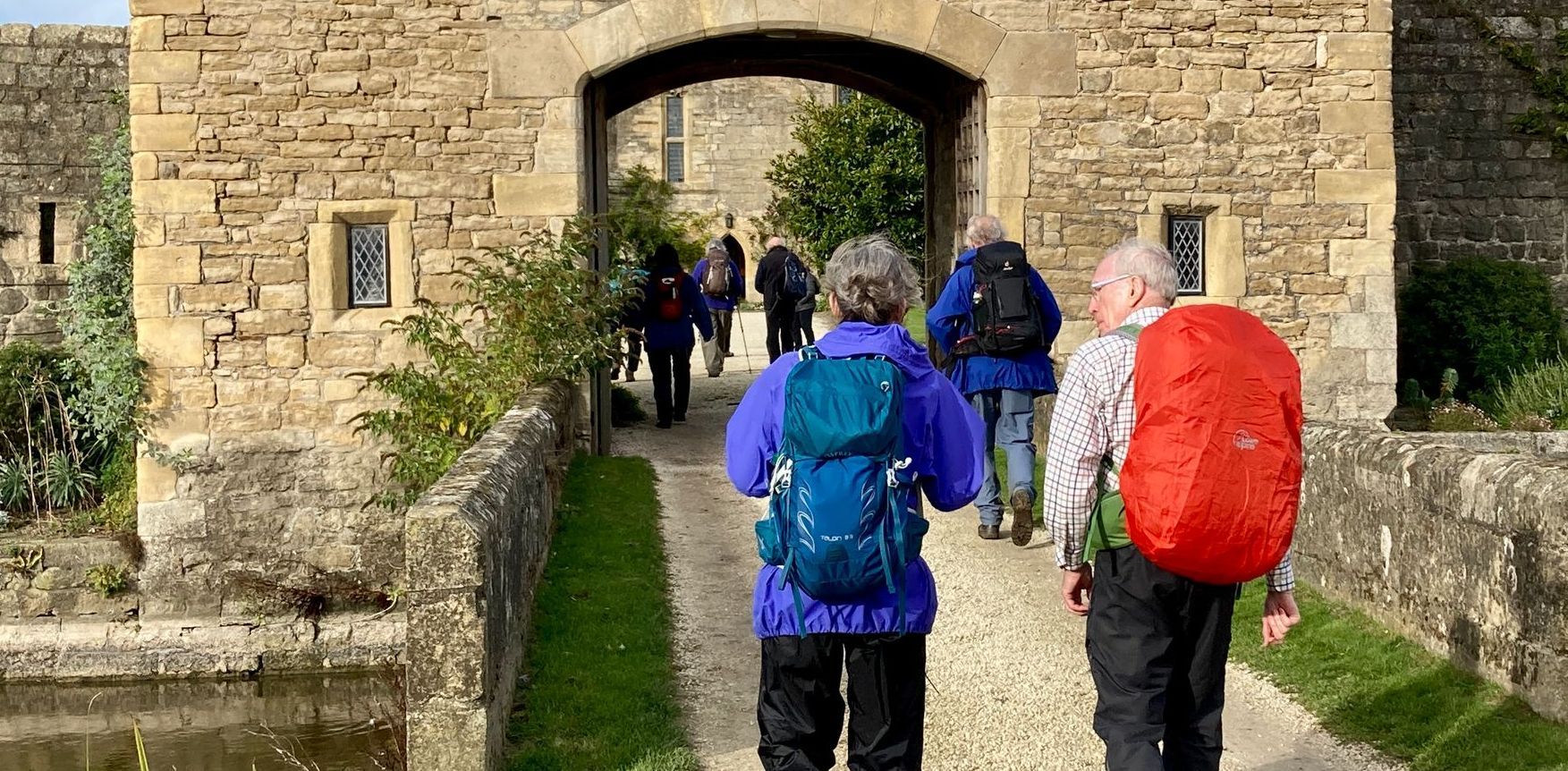The Cornish Celtic Catholic Way
A Pilgrim Way for the Diocese of Plymouth from the Cathedral of SS Mary & Boniface in Plymouth to St Michael's Mount, Marazion, Cornwall
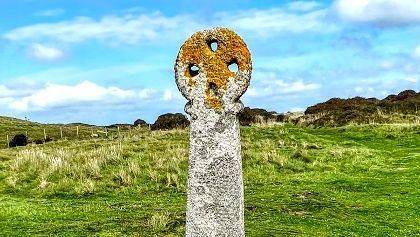
St Piran's Celtic cross
About the route
The Cornish Celtic Catholic Way has been generously contributed by Frans Vossenberg from Fredericksburg, Virginia in the USA, who walked it with his family during August 2023. All photos on this page are copyright Frans Vossenberg & family.
The pilgrimage is based upon Rev Nigel Marns' wonderful Cornish Celtic Way. This adaptation emphasizes Holy Wells, Celtic Crosses, Church Sanctuary 'Champing' and Catholic Spirituality with detours to St. Austell, St. Michael's Chapel at Roche Rock and Tintagel. A rest day at Padstow has been included for an excursion to St. Materiana's Church plus St. Piran's Chapel/Well and St. Nectan's waterfall in Trethevy, and a rest day in St. Ives.
From the Cathedral of SS Mary & Boniface, the mother church of the Diocese of Plymouth, it is an easy walk to Plymouth railway station. There are regular trains to St Germans where the Way starts. The train journey takes 15 minutes.
The 157 mile walking route includes major parts of the Cornish Celtic Way, the Southwest Coast Path, the Saint's Way and St. Michael's Way. It extends west along the south coast from St. Germans, across the peninsula from Fowey to Padstow, down the Atlantic Coast to St. Ives and then across West Penwith to St. Michael's Mount.
For more information about the Cornish Celtic Way and to buy the book and pilgrim passport please click on the button below.
You can find out more about the Way and download the GPX file by clicking on the LEARN MORE tab in the
interactive map below
ABOUT THE DIOCESE OF PLYMOUTH
Christianity in Cornwall began in the C4 or C5 as the faith was introduced into Roman Britain. It was spread largely by saints, such as St Piran, the patron of the county. Cornwall is associated with practices known as Celtic Christianity, but was always in full communion with the wider Catholic Church. Today the Cornish saints are commemorated in legends, churches, holy wells and place names.
At the time of the Reformation several Catholics were martyred for their faith in all three counties that make up the modern Diocese of Plymouth. Notable among them was Cuthbert Mayne, a native of North Devon, who was arrested in Cornwall and hung drawn and quartered in Launceston. He is one of the patron saints of the Diocese.
Over the next few centuries the Catholic Church continued in the South-West with the support some local Catholic aristocratic families – notably the Arundells in Cornwall. During the European upheaval associated with the French and Napoleonic wars, many refugees Catholic settled in the area, including several religious congregations. In 1850 the Roman Catholic Hierarchy was restored in this country and the Diocese was formed.
Copyright Hearts in Search of God - Pilgrim Way Project (England and Wales)
Web Design by Catholic Marketing Agency: Every Day Christian Marketing
